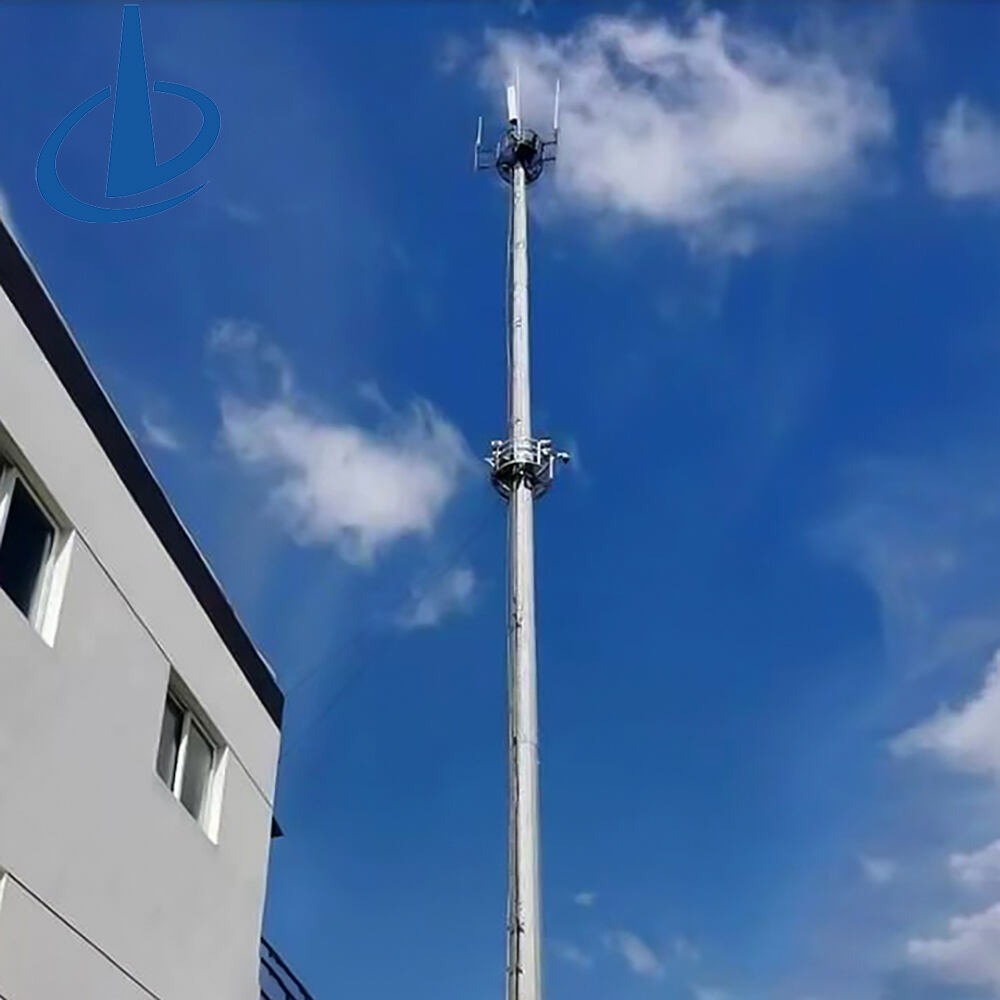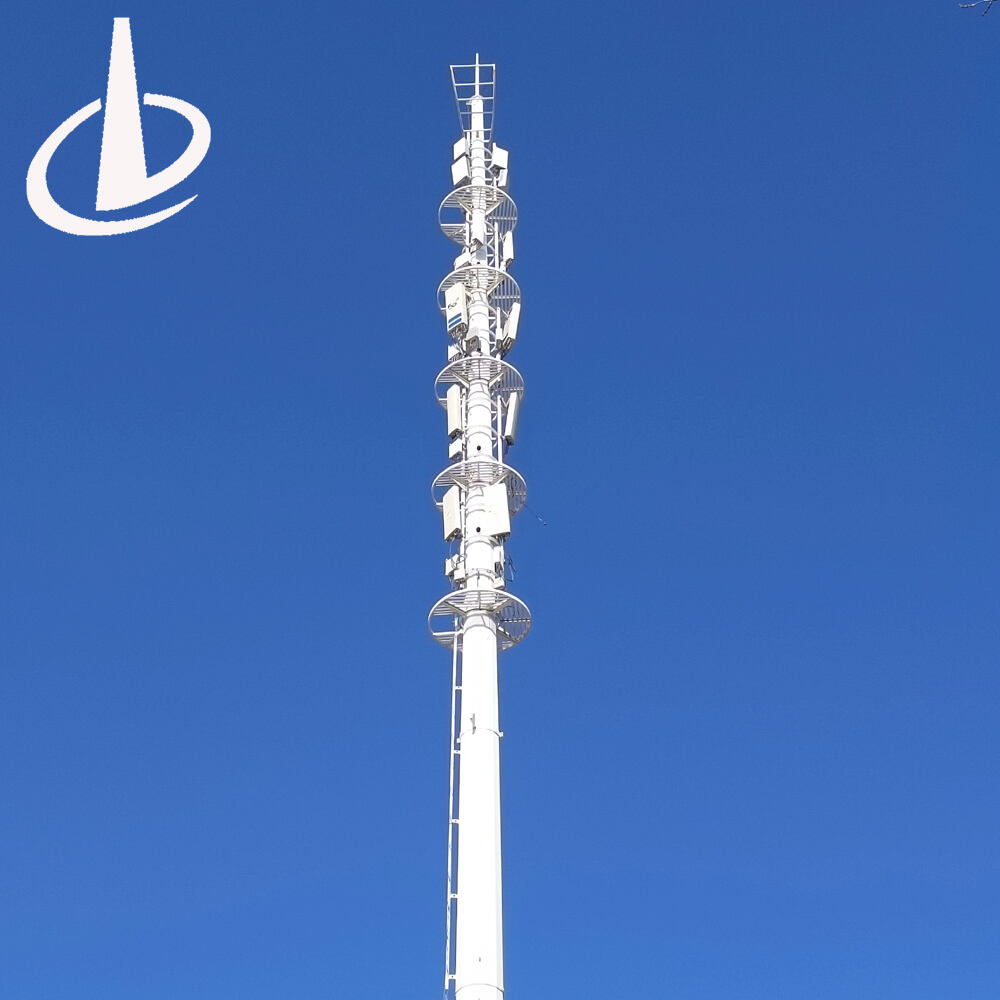self supporting radio tower
A self supporting radio tower is a vital telecommunications infrastructure that stands independently without the need for external guy wires or additional support structures. These towers are engineered to withstand various environmental conditions while maintaining optimal signal transmission capabilities. Standing at heights ranging from 50 to 200 meters, these structures are constructed using high-grade steel and feature a robust triangular or square base that gradually tapers toward the top. The tower's design incorporates multiple platforms at different heights to accommodate various broadcasting equipment, antennas, and maintenance access points. The self supporting nature of these towers makes them particularly suitable for urban installations where space is limited and guy wire anchoring would be impractical. Advanced galvanization and protective coatings ensure long-term durability against corrosion and weathering. These towers are equipped with aircraft warning lights, lightning protection systems, and grounding mechanisms to ensure safety and continuous operation. The structural integrity is maintained through careful engineering calculations that account for wind loads, ice accumulation, and seismic activities. Modern self supporting radio towers also feature integrated cable management systems and climate-controlled equipment shelters at the base for housing sensitive electronic components.


